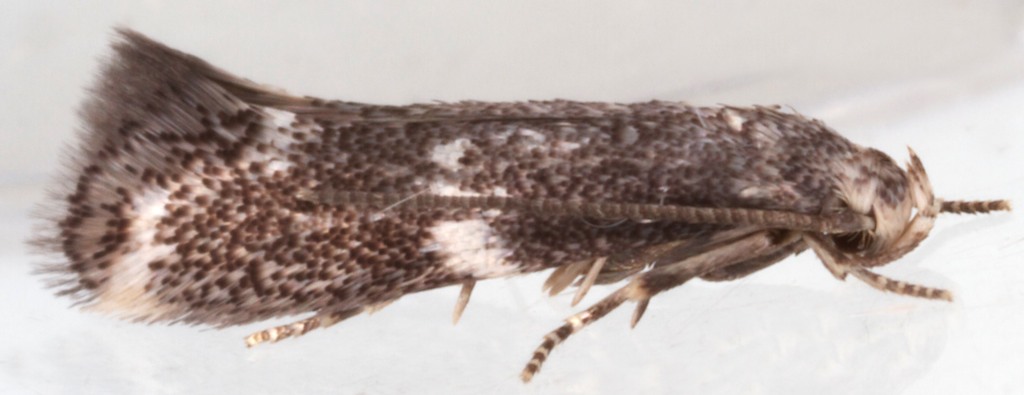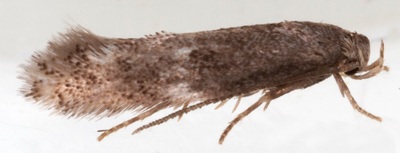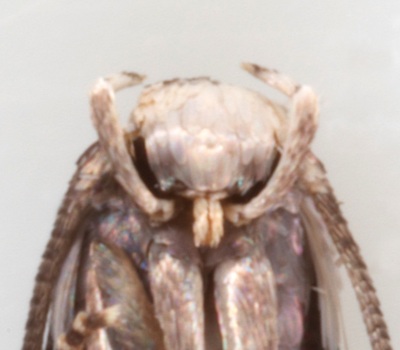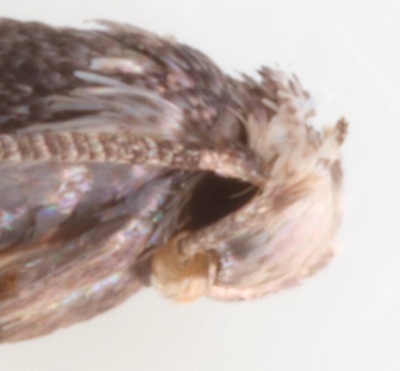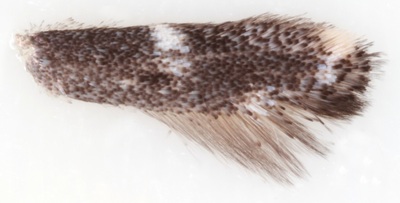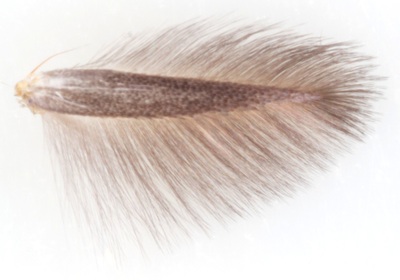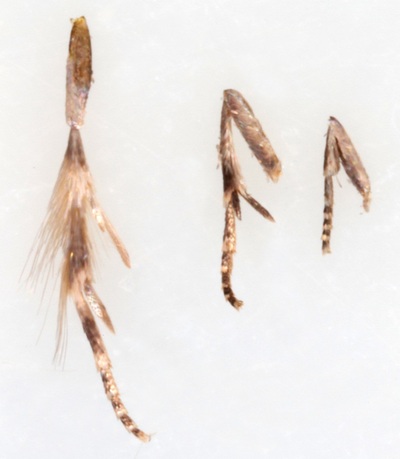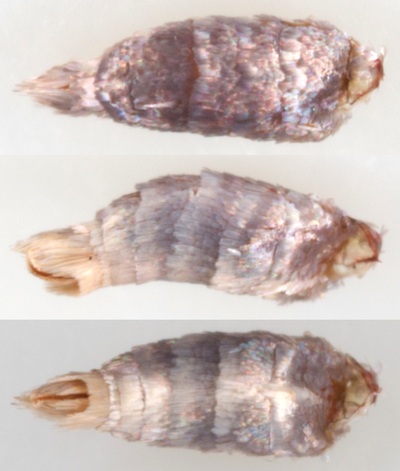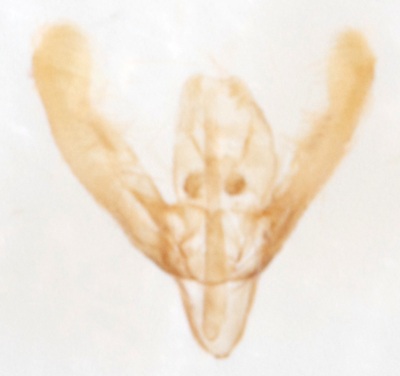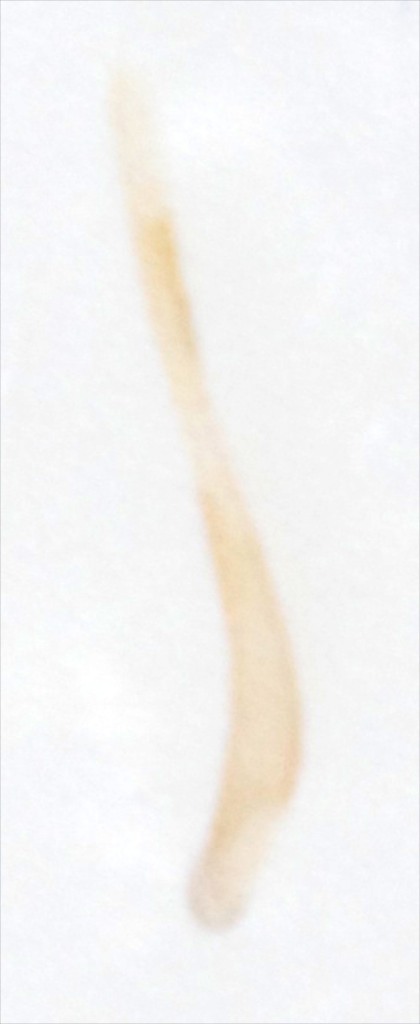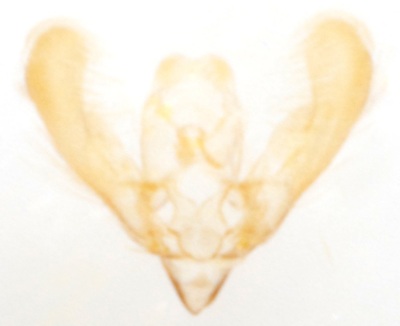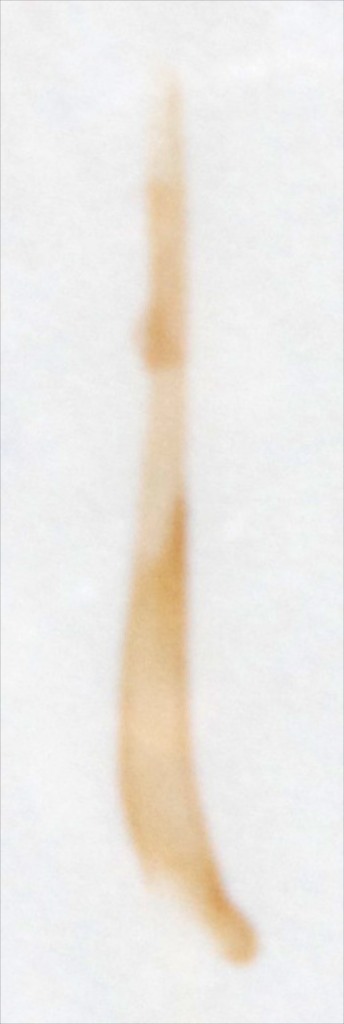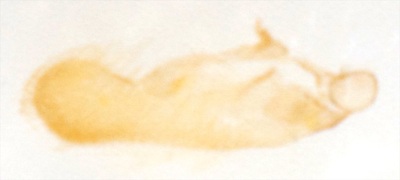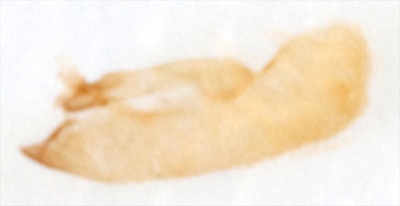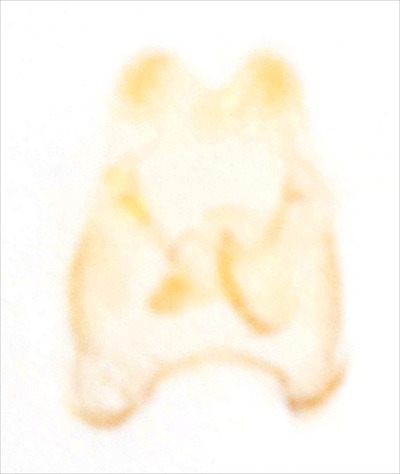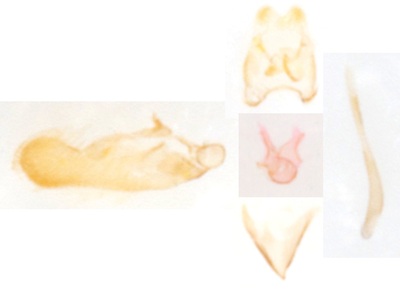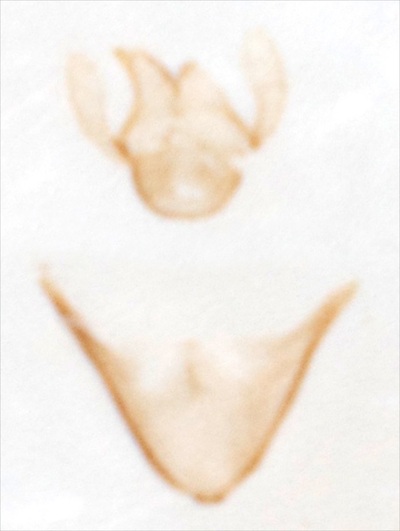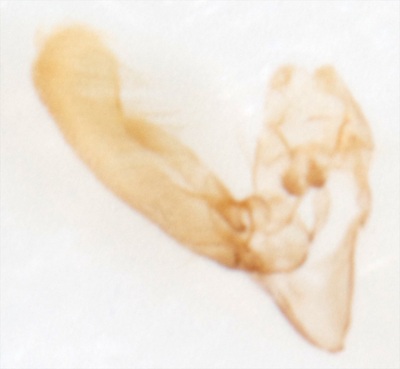38.041 Elachista cinereopunctella (Glaucous Sedge-miner)
ws: 7-9mm; May-Jun; glaucous sedge (Carex flacca); common in limestone grassland, fens and dune slacks throughout Britain
Synonym: Biselachista cinereopunctella (MBGBI3)
Synonym: Biselachista cinereopunctella (MBGBI3)
ID: Group E - forewing dark with pale markings involving the bases of terminal or apical cilia. White mark not extending into terminal cilia from apex; no white spot in fold between median fascia and base, ciliary line well-defined > E.cinereopunctella.
Male genitalia: gnathos paired, uncus notched (rather than lobed or clawed) > E.cinereopunctella/trapeziella. These two should be readily separable by the presence of an additional conspicuous white spot in the basal half of the forewing of E.trapeziella. According to MBGBI3 the male genitalia are best separated on shape of the valva. The difference is illustrated but not described - it appears that the costa may be shorter and more 'blob'-ended at its lateral end in E.cinereopunctella and that the junction between ventral and lateral margins is smoothly rounded in E.cinereopunctella and with a more obvious angulation in E.trapeziella. The image of E.cinereopunctella at Moth Dissection, however, looks more like the MBGBI3 illustration of E.trapeziella and in the drawings in MBGBI3 the most apparent difference is in the shape of the notch in the uncus, which is more widely 'U'-shaped in E.cinereopunctella. (There is no image labelled as E.trapeziella at Moth Dissection). Apart from the external differences between these species, E.trapeziella has a habitat preference for shady deciduous woodland.
Male genitalia: gnathos paired, uncus notched (rather than lobed or clawed) > E.cinereopunctella/trapeziella. These two should be readily separable by the presence of an additional conspicuous white spot in the basal half of the forewing of E.trapeziella. According to MBGBI3 the male genitalia are best separated on shape of the valva. The difference is illustrated but not described - it appears that the costa may be shorter and more 'blob'-ended at its lateral end in E.cinereopunctella and that the junction between ventral and lateral margins is smoothly rounded in E.cinereopunctella and with a more obvious angulation in E.trapeziella. The image of E.cinereopunctella at Moth Dissection, however, looks more like the MBGBI3 illustration of E.trapeziella and in the drawings in MBGBI3 the most apparent difference is in the shape of the notch in the uncus, which is more widely 'U'-shaped in E.cinereopunctella. (There is no image labelled as E.trapeziella at Moth Dissection). Apart from the external differences between these species, E.trapeziella has a habitat preference for shady deciduous woodland.
DIssection
Male genitalia
§1 Noar Hill, Hampshire; 18/05/2014; fw 4.1mm
§2 Silverdale, Lancashire; 18/06/2014; fw 3.9mm
All images © Chris Lewis
§2 Silverdale, Lancashire; 18/06/2014; fw 3.9mm
All images © Chris Lewis
Page published 26/05/2014 (§1) | §2 added and text amended 18/11/2014
